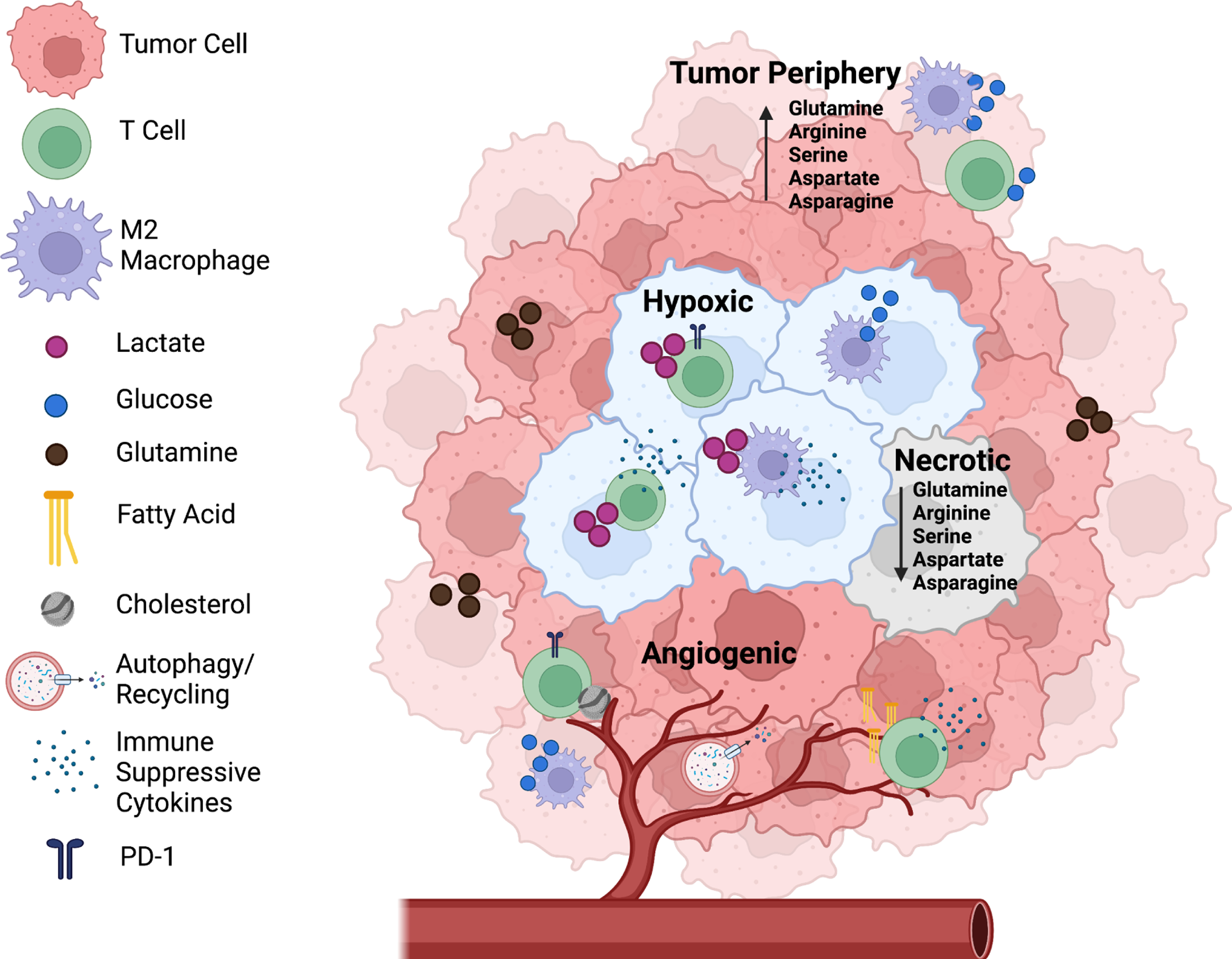Figure 1. Metabolic Heterogeneity in the Tumor Microenvironment is Location Dependent.

The tumor microenvironment (TME) is composed of many different cells that support or restrain tumorigenesis, including cancer cells and pro- and anti-tumor immune cells. Just as the TME has a diversity of cells, the TME is also metabolically heterogeneous. In hypoxic regions of the tumor (blue cancer cells), cancer cells often secrete lactate, which has been shown to inhibit effector T cell activation while promoting suppressive Tregs to drive immune suppression. Additionally, lactate promotes differentiation and polarization of TAMs towards a more pro-tumorigenic M2-like phenotype, which secrete immunosuppressive cytokines. In angiogenic tumors, blood vessels branch irregularly which leads to regions with increased autophagy to make up for the lack of delivered nutrients. Less angiogenic regions typically use glucose as their main source of energy. Necrotic tumor regions arise in part because of severe lack of nutrients and have been shown to have decreased levels of amino acids such as glutamine, arginine, asparagine, serine, and aspartate compared to tumor peripheries.
